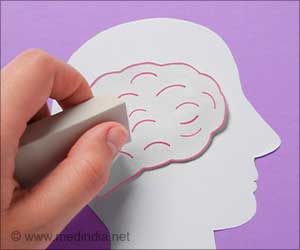Mild electric current using Pulse Radio Frequency Energy (PRFE), relieves pain without side effects and works for those who don’t respond to medication and exercise.
Highlights
- Using Pulse Radio Frequency Energy, low back pain was reduced in those who failed to respond to conventional treatment.
- Pulse Radio Frequency Energy refers to a //noninvasive, nonthermal method of delivering nonionizing electromagnetic energy to a targeted area with a frequency ranging from 1 to 1000 Hz.
- The treatment was done by a minimally invasive procedure and did not have any side effects.
"The nerve root is a sensitive structure that when pinched becomes inflamed and causes pain," said lead investigator Alessandro Napoli M.D., Ph.D., an interventional radiologist at Sapienza University of Rome. "The body reacts with muscle constriction, which decreases the distance between vertebrae, and a vicious cycle is created."
Minimally Invasive Treatment For Back Pain
Eighty patients experiencing at least three months of low back pain due to a herniated disk that had not responded to conservative treatments including exercise and medication were recruited.
The minimally invasive procedure was done with an interventional radiology procedure. With the help of CT imaging, a needle is guided to the location of the bulging disc and nerve root. A probe is then inserted through the needle tip and delivers pulsed radiofrequency energy to the area over a 10-minute period. Even without touching the disc, the pulsation serves to resolve the herniation.
Of the 80 patients treated, 81 percent were pain-free one year after a single 10-minute treatment session. Six patients required a second pulsed radiofrequency session. Ninety percent of the patients were able to avoid surgical treatment.
Pulsed radiofrequency
Pulsed radiofrequency fields are an emerging technology used in the medical field for the treatment of tumors, cardiac arrhythmias, chronic and post-operative pain, bone fracture, and soft tissue wounds.
There are two general categories of pulsed radiofrequency field therapies based on their mechanism of action: thermal and non-thermal (athermal). While thermal radiofrequency ablation for tumors and cardiac arrhythmia has been used for over 25 years, non-thermal pulsed radio frequency is currently being developed for the ablation of cardiac arrhythmias and tumors.
"There’s a big gap between conservative treatments for disc compression and herniation and surgical repair, which can lead to infection, bleeding and a long recovery period," Dr. Napoli said. "Evolving technologies like this image-guided treatment may help a substantial number of patients avoid surgery."
Reference
- Alessandro Napoli, Roberto Scipione, Hans Peter Erasmus, Cristina Marrocchio, Susan Dababou, and Carlo Catalano. ‘Minimally Invasive Treatment Provides Relief from Back Pain.’ RSNA 2017 103rd Scientific Assembly and Annual Meeting.
Source-Medindia
















